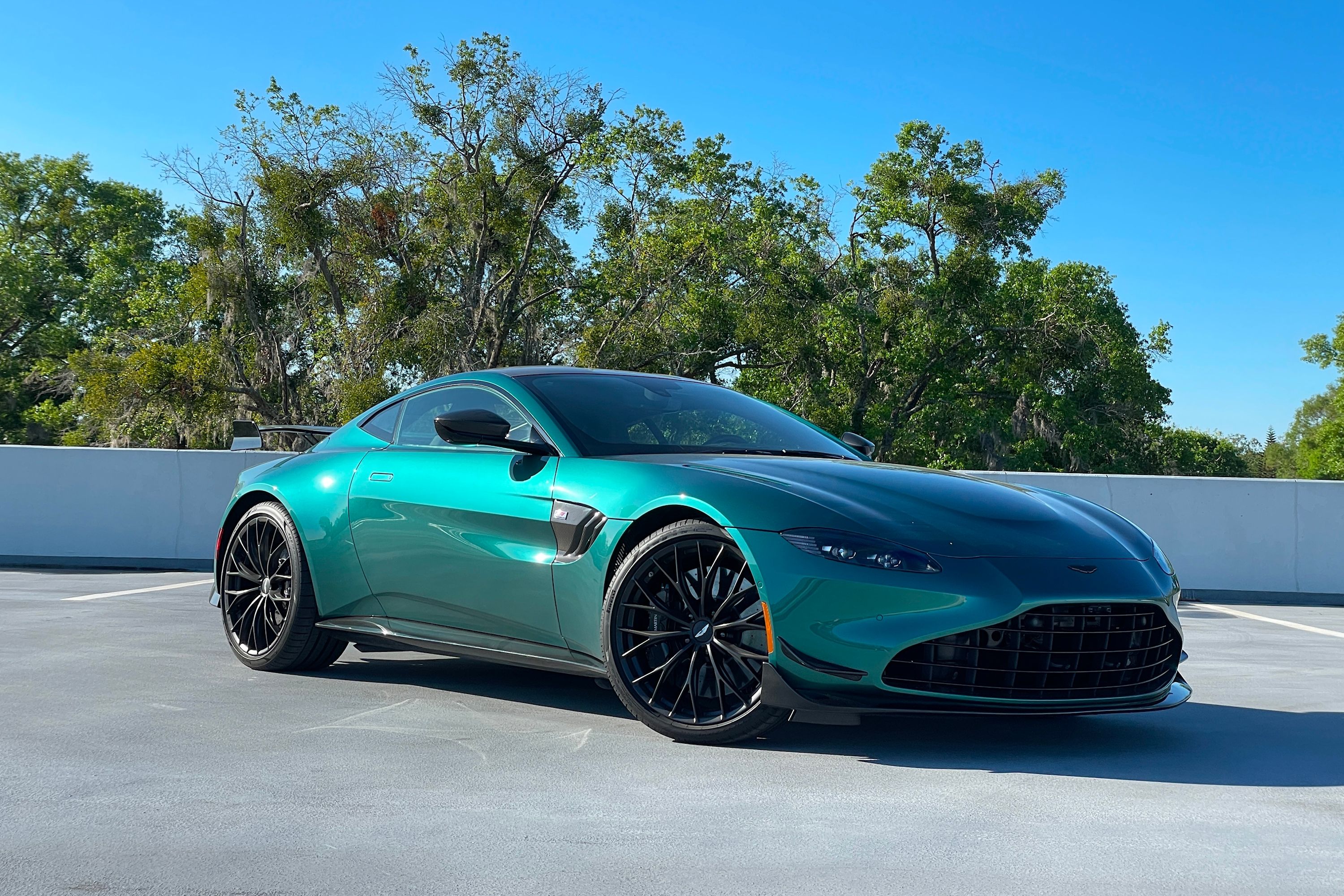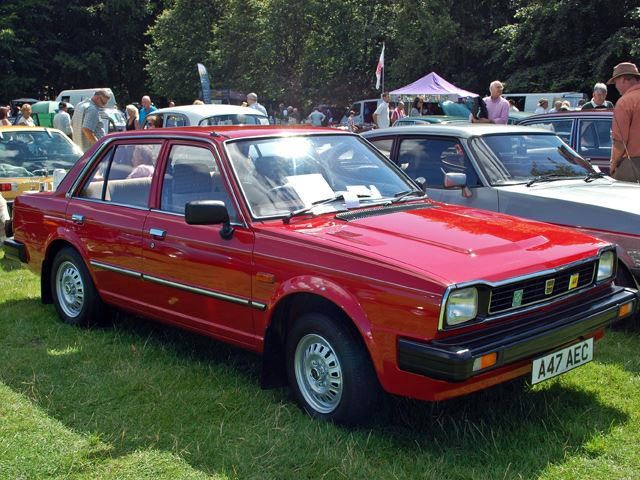
The Honda Civic was originally built as a purely economy-oriented car, but this sport-oriented offshoot model served as the inspiration for subsequent sporting Civics, and is the direct predecessor to the CR-X. The Ballade is far from a pure sports car, but it would put Honda ahead of the curve for the boom in the sport-tuned economy car segment that would hit Japan and later the US during the Eighties and Nineties. And this turned out to be a very good place to be. Honda's history with sports cars dates back to its early days of automobile manufacturing.
In fact, Honda's very first automobile, the S500, was a small roadster, debuting toward the end of 1963. This evolved into the S600, which was available also as a coupe, and finally the S800. This last version was built with certain concessions made for the US market, but never actually made it over. There followed a brief period when Honda didn't build any sports cars, and poor sales nearly led to it giving up on cars altogether. But the debut of the Civic turned everything around. Not only was this extremely competent for a compact car of the time, but the debut was also well timed, as the energy crisis in the US would soon send customers flocking to Honda dealerships.
Not only that, but the Civic was able to meet the new emissions regulations imposed in the US during the Seventies without even needing a catalytic converter. This meant a lower price, which gave the Civic one more advantage in a market where it already had so many. Encouraged by the early success of the Civic, Honda decided to start expanding the Civic line with the Ballade. At first, this was basically just the Civic with a higher level of equipment, but this was soon tweaked to include some sportier touches. The debut of the third-gen Civic in 1983 made for the second-gen Ballade, and this is the definitive version.
The Ballade got a sportier front end, which set it apart from the regular Civic, but which it shared with the CR-X. But more important was the JDM engine, which it shared with the early CR-X models. This was an all-aluminum 1.5-liter engine with multi-point fuel injection that produced 100 horsepower. First developed for the Ballade, the CR-X benefitted greatly from this new power plant, and a huge interest was sparked in sport Civics. This would soon give way to the Civic Si and the CR-X Si, which got a 130-horsepower 1.6-liter engine. The Ballade nameplate would live on for many years in South Africa, but the JDM version which contributed to Civic evolution was ended in 1986.
The reason for this was fairly simple, it had been rendered irrelevant by the Civic Si. Honda simply added the Si trim availability to a wider variety of Civics from 1986. This trim was scaled back to just CR-X in 1987 with the debut of the forth-gen Civic, but was re-extended in 1989. The Si, and the Si hatchback in particular, would become a spiritual successor to the Ballade. This would become the SiR for the Japanese market, and would be joined by the Type R. But this wasn't the only Ballade successor, and the Integra (sold with a Honda badge in Japan) is often seen as a more direct descendant.
The reason for this being that, while the Integra put a greater emphasis on sport than the Civic, it also put a greater emphasis on luxury, something the Ballade did as well. Whatever your view on these issues, it has to be said that the Ballade was a very important, if short-lived step in Honda's evolution, as it allowed Honda to see the value in expanding the lineup of Civic-based cars. It also showed any number of manufacturers that cheap-to-produce sporty cars based on economy models could be economically viable. Of course, this would also be the Ballade's undoing, the ideas it introduced were too good for Honda to stop there.

